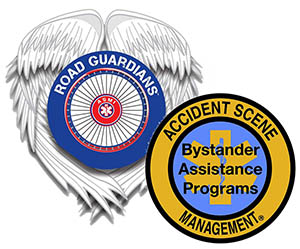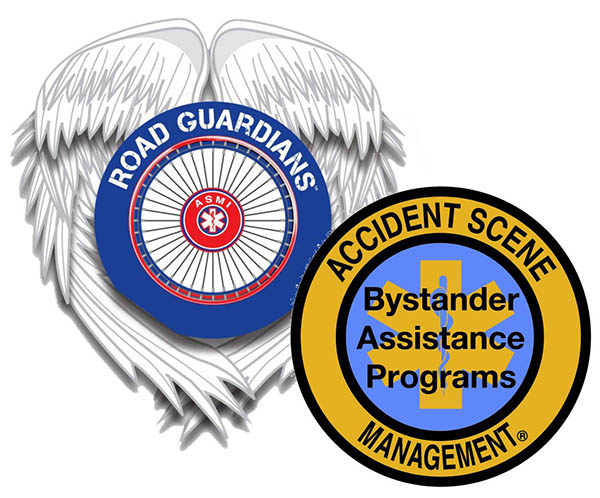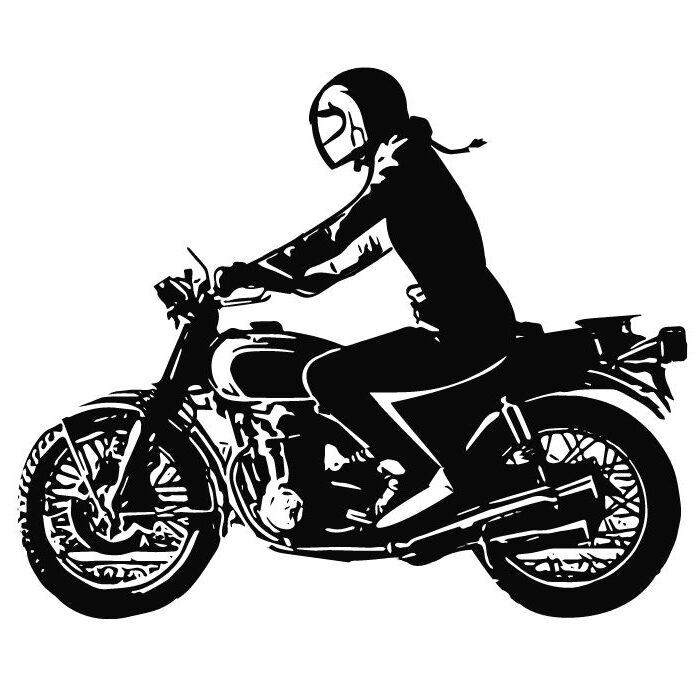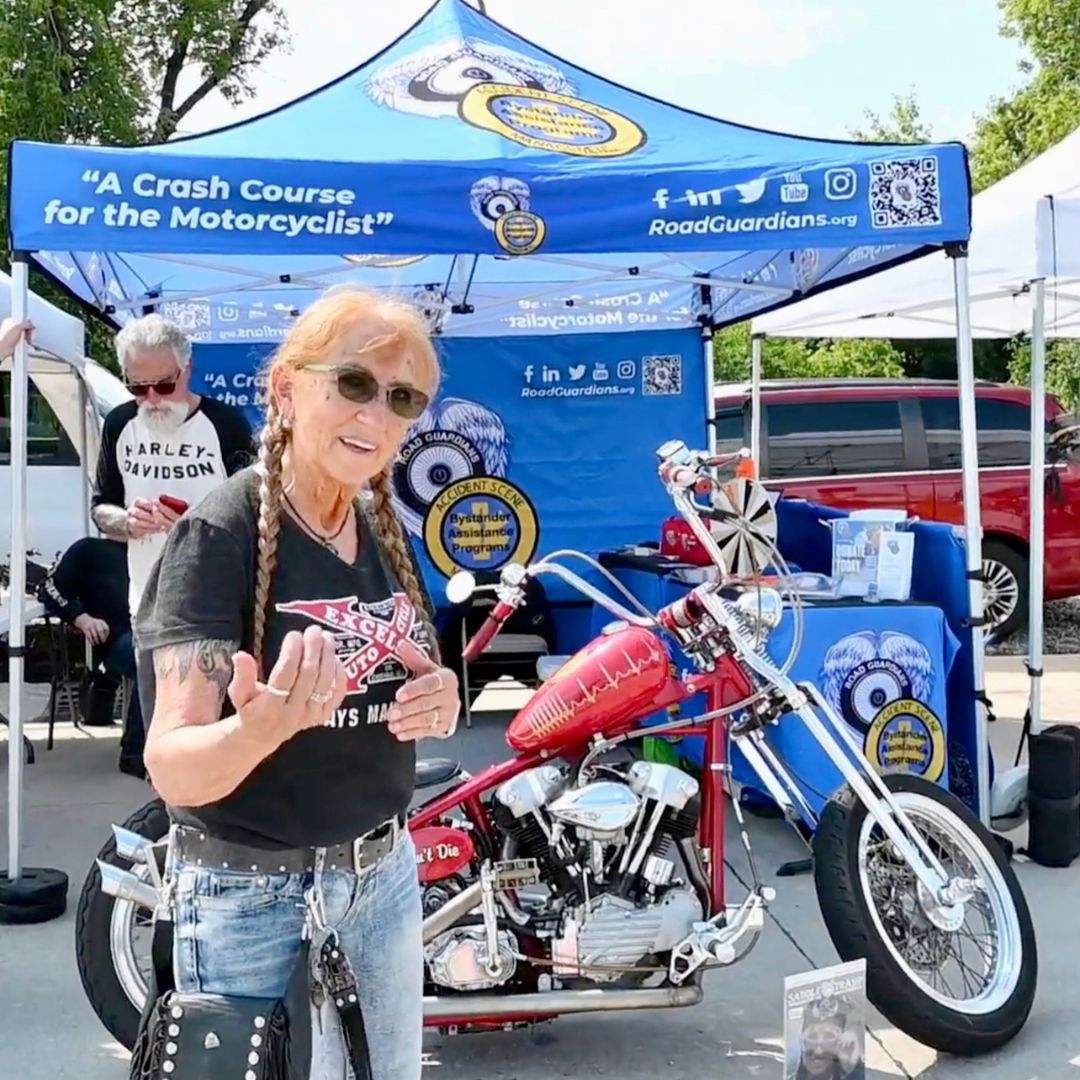
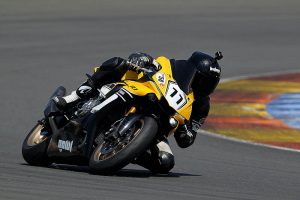 Motorcycle riding is fun. A day of riding should feel exhilarating and if it’s a really good day, by the end you may feel like you had a good work out. Yes, motorcycling is a sport. The reason why it is considered a sport is because it takes skill. We need to balance on two wheels as we negotiate the street. Our equipment needs to be in the best shape possible to enjoy the sport, and we need to know how to operate the motorcycle as any athlete would. We do it best by getting to our equipment. An athlete gets to know their baseball bat, glove, golf clubs, tennis racquet, skis, or any piece of equipment for their chosen sport. Just like football players require certain gear to play on the grass vs turf, we have our gear for asphalt vs off road riding. There are different kinds of motorcycling activities: Dirt biking, road racing, and touring for example. While there are differences, there are also similarities to what motorcycle racers do when on the track. In 1975 I began working the track in many different capacities. I started as an EMT and then in 1995 I adding corner working to the mix. I learned a lot and now as a rider coach who owns a motorcycle riding school I embrace the similarities. The way I lean, and the way that I approach corners, and the way that I come out of them, even the way I stop. When something goes wrong we all need to know how to adjust, balance and recover.
Motorcycle riding is fun. A day of riding should feel exhilarating and if it’s a really good day, by the end you may feel like you had a good work out. Yes, motorcycling is a sport. The reason why it is considered a sport is because it takes skill. We need to balance on two wheels as we negotiate the street. Our equipment needs to be in the best shape possible to enjoy the sport, and we need to know how to operate the motorcycle as any athlete would. We do it best by getting to our equipment. An athlete gets to know their baseball bat, glove, golf clubs, tennis racquet, skis, or any piece of equipment for their chosen sport. Just like football players require certain gear to play on the grass vs turf, we have our gear for asphalt vs off road riding. There are different kinds of motorcycling activities: Dirt biking, road racing, and touring for example. While there are differences, there are also similarities to what motorcycle racers do when on the track. In 1975 I began working the track in many different capacities. I started as an EMT and then in 1995 I adding corner working to the mix. I learned a lot and now as a rider coach who owns a motorcycle riding school I embrace the similarities. The way I lean, and the way that I approach corners, and the way that I come out of them, even the way I stop. When something goes wrong we all need to know how to adjust, balance and recover.
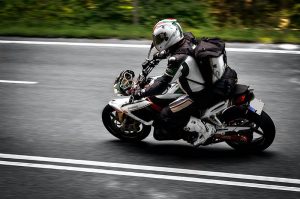 One of the problems that can come into play is when we “push the fun into a challenge”. Because motorcycles can take off faster than most cars it is tempting to push the envelope and attempt to race or try to perform like racers do on the track. This is where problems can start to happen. We see motorcyclists racing on the internet, TV, or maybe even at the track. When we ride on the street we don’t have the same conditions that are found on the track. We don’t have the pristine surfaces and conditions on the street that are found at the race track. Oil and other fluids can be on the road surface, there can be pot holes, broken pavement, or debris on the surface. Dead or even living creatures and people. Blind turns and dips block our view. On the track we have corner workers that watch these blind areas and warn the rider about the conditions they are approaching. Corner workers have seven flags that display oil, debris, crash, and even notification to stop. Of course that is not the case when out riding on the street. You need to be vigilant as you approach corners, slowing and scanning for hazards and then you can roll on the throttle once you have determined it is clear.
One of the problems that can come into play is when we “push the fun into a challenge”. Because motorcycles can take off faster than most cars it is tempting to push the envelope and attempt to race or try to perform like racers do on the track. This is where problems can start to happen. We see motorcyclists racing on the internet, TV, or maybe even at the track. When we ride on the street we don’t have the same conditions that are found on the track. We don’t have the pristine surfaces and conditions on the street that are found at the race track. Oil and other fluids can be on the road surface, there can be pot holes, broken pavement, or debris on the surface. Dead or even living creatures and people. Blind turns and dips block our view. On the track we have corner workers that watch these blind areas and warn the rider about the conditions they are approaching. Corner workers have seven flags that display oil, debris, crash, and even notification to stop. Of course that is not the case when out riding on the street. You need to be vigilant as you approach corners, slowing and scanning for hazards and then you can roll on the throttle once you have determined it is clear. 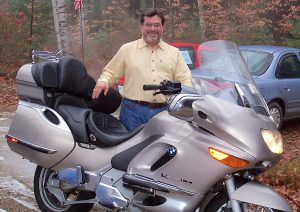 Challenge yourself to safely practice advanced techniques in advanced riding clinics with a seasoned coach. Avoid a crash.
Challenge yourself to safely practice advanced techniques in advanced riding clinics with a seasoned coach. Avoid a crash.
I tell all of my students that learning to avoid a crash in the first place is their primary responsibility but when or if a crash occurs it is imperative that they have the skills and tools needed to react properly. Not only am I a Rider Coach but I am also an Accident Scene Management instructor as I believe that crash avoidance and proper response go hand in hand to provide the BEST outcome. You can find both virtual and in person classes by clicking HERE.
David Cruz, NREMTI/FF
http://flpmt.com/
